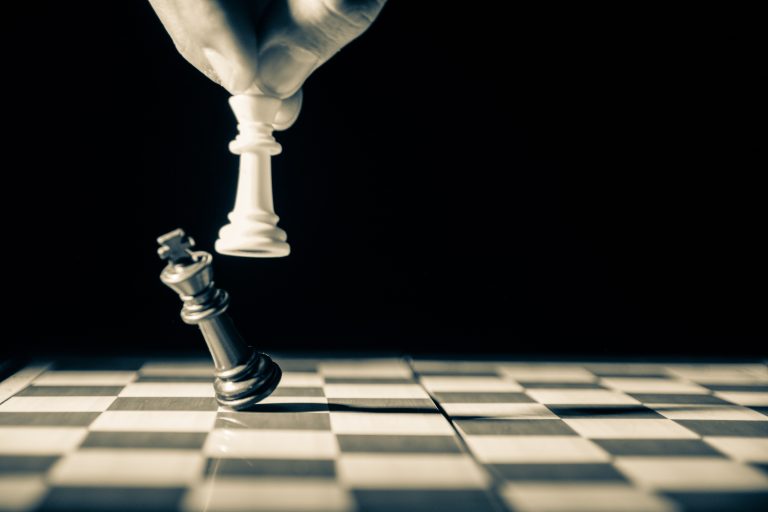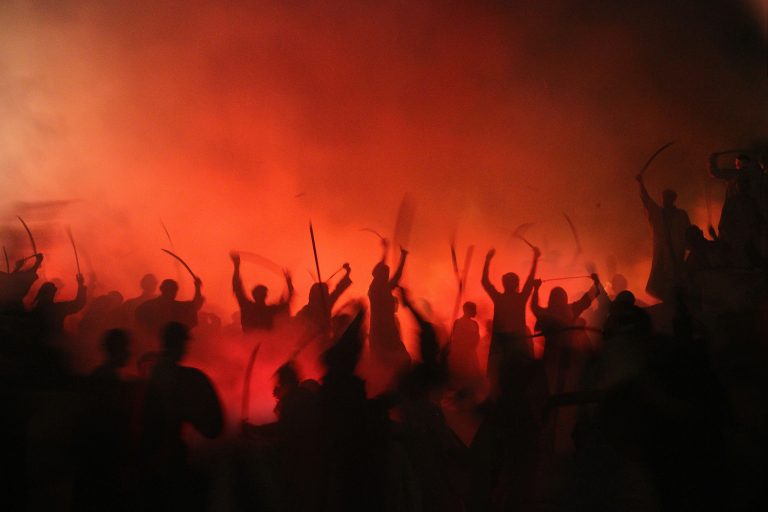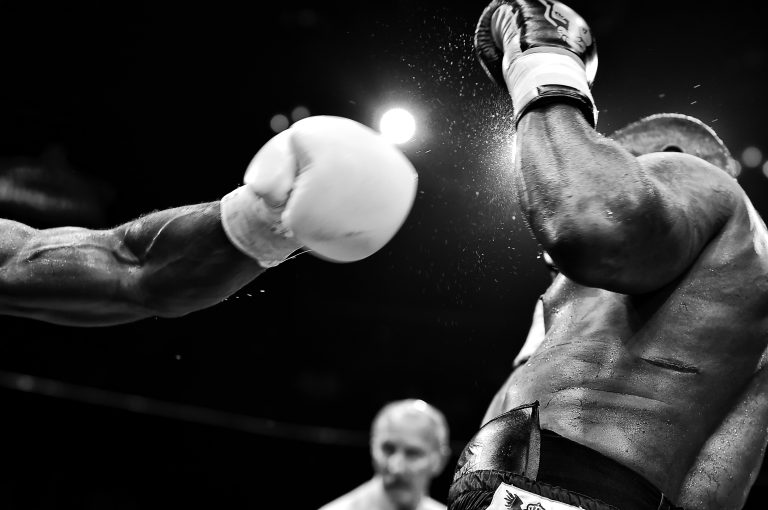The Meaning of Karate: History, Etymology, and Significance
Karate is a popular martial art that originated in Okinawa, Japan, and has since spread around the world. The word „karate“ may seem straightforward, but it actually has a rich and complex meaning. In this blog post, we will explore the history, etymology, and significance of karate.
The History of Karate
The history of karate dates back hundreds of years to Okinawa, an island in the Ryukyu Islands chain located between Japan and Taiwan. At the time, Okinawa was a small kingdom that was heavily influenced by China but also had its own unique culture. To protect themselves from invading forces, the Okinawan people developed various forms of self-defense, which eventually evolved into the martial art we know as karate.
Karate was brought to Japan in the early 20th century, where it gained popularity and was further developed by Japanese martial artists. It then spread around the world, becoming a popular sport and form of self-defense.
The Etymology of Karate
The word „karate“ itself is composed of two Japanese characters: „kara“ and „te.“ „Kara“ means „empty,“ and „te“ means „hand.“ Put together, the word karate means „empty hand.“
The term „empty hand“ has two meanings in the context of karate. Firstly, it refers to the fact that karate is primarily a striking art that does not involve weapons. Thus, practitioners must rely only on their hands and feet to defend themselves. Secondly, it signifies the philosophy behind karate, which is to use one’s body and mind to defend oneself without relying on external weapons or tools.
The Significance of Karate
Karate is more than just a physical martial art – it is also a philosophy and a way of life. At the core of karate is the concept of self-improvement and the pursuit of excellence. Practitioners strive to improve not only their physical abilities but also their mental and emotional well-being.
Karate emphasizes respect, discipline, and humility, and these values are instilled in students from the very beginning of their training. Students are expected to bow to their instructors and fellow students, to show humility and respect. They are also expected to follow a strict code of conduct both inside and outside the dojo, or training hall.
Through the practice of karate, students develop self-confidence, physical fitness, and mental fortitude. They learn to control their emotions and to approach difficult situations with a calm and focused mind. They also learn to respect others and to use their skills only in self-defense or in legitimate competition.
What Does Karate Mean?
Karate is a martial art that originated in the Ryukyu Kingdom, which is now known as Okinawa, Japan. The word „karate“ is a combination of two Japanese words: „kara“ meaning „empty“ and „te“ meaning „hand“. Therefore, karate is often translated as „empty hand“ or „open hand“, which refers to the fact that karate practitioners use their hands and feet as their primary weapons, rather than weapons such as swords or spears.
What are the Origins of Karate?
Karate has its origins in the Ryukyu Islands, which were located along the trade route between China and Japan. The people of the Ryukyu Islands developed their own martial arts systems, which were influenced by Chinese martial arts and local dance and music traditions. These martial arts systems eventually evolved into modern-day karate.
What are the Different Styles of Karate?
There are many different styles of karate, each with its own unique techniques, training methods, and philosophies. Some of the most popular styles of karate include Shotokan, Goju-Ryu, Shito-Ryu, Wado-Ryu, and Kyokushin. Each style emphasizes different aspects of karate training, such as kata (forms), kumite (sparring), and kihon (basic techniques).
What is Kumite?
Kumite is a form of sparring that is practiced in karate. It involves two practitioners engaging in a mock fight, with each practitioner trying to score points by striking their opponent with techniques such as kicks, punches, and throws. Kumite emphasizes speed, timing, and accuracy, and is an important part of karate training.
What is Kata?
Kata is a series of choreographed movements that simulate a fight against one or more imaginary opponents. It is an important part of karate training, as it helps practitioners develop proper form, balance, and coordination. There are many different kata in karate, each with its own unique set of movements and techniques.
What is the Importance of Rank in Karate?
Rank is an important aspect of karate, as it helps to provide structure and motivation for practitioners. In most karate styles, practitioners progress through a series of colored belts, with each belt representing a different level of skill and knowledge. The highest rank in karate is the black belt, which is often seen as a symbol of mastery and a commitment to the art.
What are the Benefits of Practicing Karate?
There are many benefits to practicing karate, both physical and mental. Physically, karate can help improve strength, flexibility, and cardiorespiratory fitness. It can also help develop self-defense skills and improve overall coordination and balance. Mentally, karate can help reduce stress and anxiety, improve focus and concentration, and promote a sense of discipline and self-control.
Karate Word Meaning – A Comprehensive Guide
Karate translates to “empty hand” in English. It is a martial art form that emphasizes unarmed combat techniques, such as punching, kicking, knee/elbow strikes, and open-handed techniques like knife-hands, palm-heel strikes, and spear-hands. It originated in Okinawa, Japan, and has since gained widespread popularity around the world. In this guide, we will explore the meaning behind the word “Karate” and its connection to the art form itself.
The Historical Context of Karate
Karate has its roots in Okinawa, an island in Japan, where it was developed and refined by the local people. While its precise origin is difficult to pinpoint, it is known that early forms of Karate were practiced in secrecy during the 15th-19th centuries when the Ryukyu Kingdom controlled Okinawa.
Okinawa was an important trading post in the East and its inhabitants had to deal with pirates and bandits who could steal their cargos at any time. Thus, over the years, they began to develop techniques to defend themselves. In time, these techniques evolved into what we now know as Karate.
Translating the Word „Karate“
The word “Karate” is made up of two Japanese words: “kara” and “te”. “Te” refers to “hand” in Japanese, indicating that Karate is a form of martial arts that deals mainly with strikes and techniques using the hands. The second part of the word, “kara”, translates to ‘empty’ but it is also associated with the idea of being devoid of any supernatural or divine powers. Therefore, it was coined to describe the defensive fight style that became prevalent in Okinawa.
One way to think of the term “Karate” is “empty hand martial arts”. In other words, it refers to using your bare hands to ward off attackers or defend oneself against threats.
The Connection Between Karate and its Meaning
The origin of the word “Karate” helps us to understand the art form itself. Karate relies heavily on body mechanics, and it was originally developed as a practical form of self-defense. Karatekas (practitioners of karate) focus on training their muscles, bones, and joints to become more effective tools in stopping attackers using open-handed strikes, kicks, and other techniques.
The emphasis on “empty hands” in Karate reflects the philosophy of the art form. It is not merely a collection of techniques but a way of life. In Karate, practitioners are taught to cultivate a clear, focused, and disciplined mind.
Karate also places a strong emphasis on respect and discipline. Seniors are treated with the utmost respect and are referred to as Sensei, which translates to “teacher”. Karatekas bow to their partners before and after training, apologizing for any mistakes and thanking them for training together.
Conclusion
In summary, the word “Karate” means “empty hand” and refers to an art form that relies mainly on unarmed combat techniques to defend oneself. The term reflects the practicality and simplicity of the art form, which stresses discipline, respect, and a focused mind.
Karate has become more than just a form of martial arts. Today, it is a way of life for millions of people around the world who practice it. Whether you are looking to improve your physical conditioning, learn self-defense techniques or develop a sense of discipline and respect, Karate is an excellent option to consider.
Inhaltsverzeichnis






